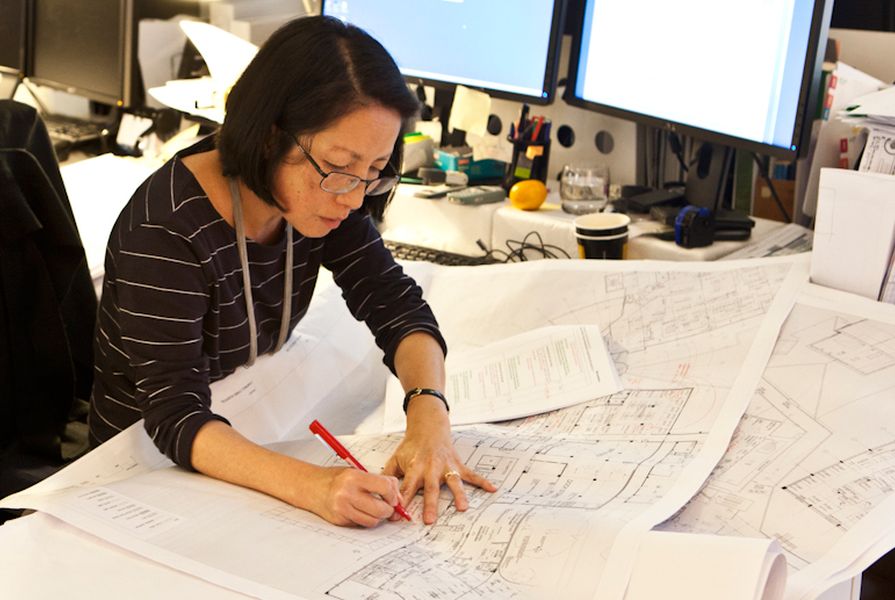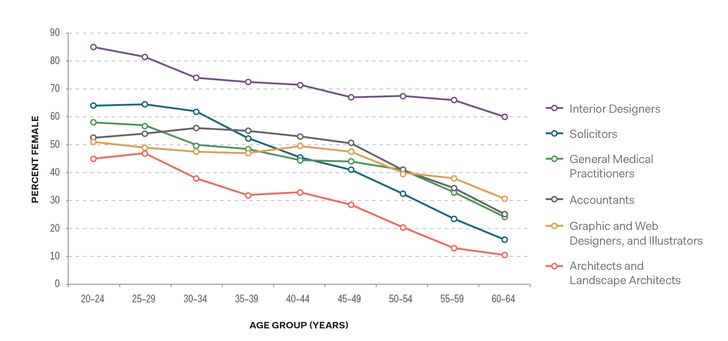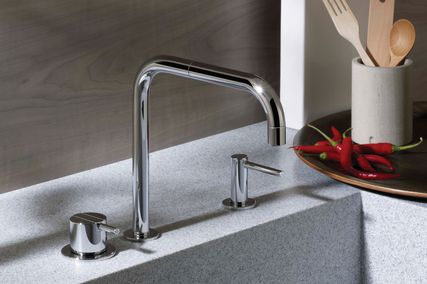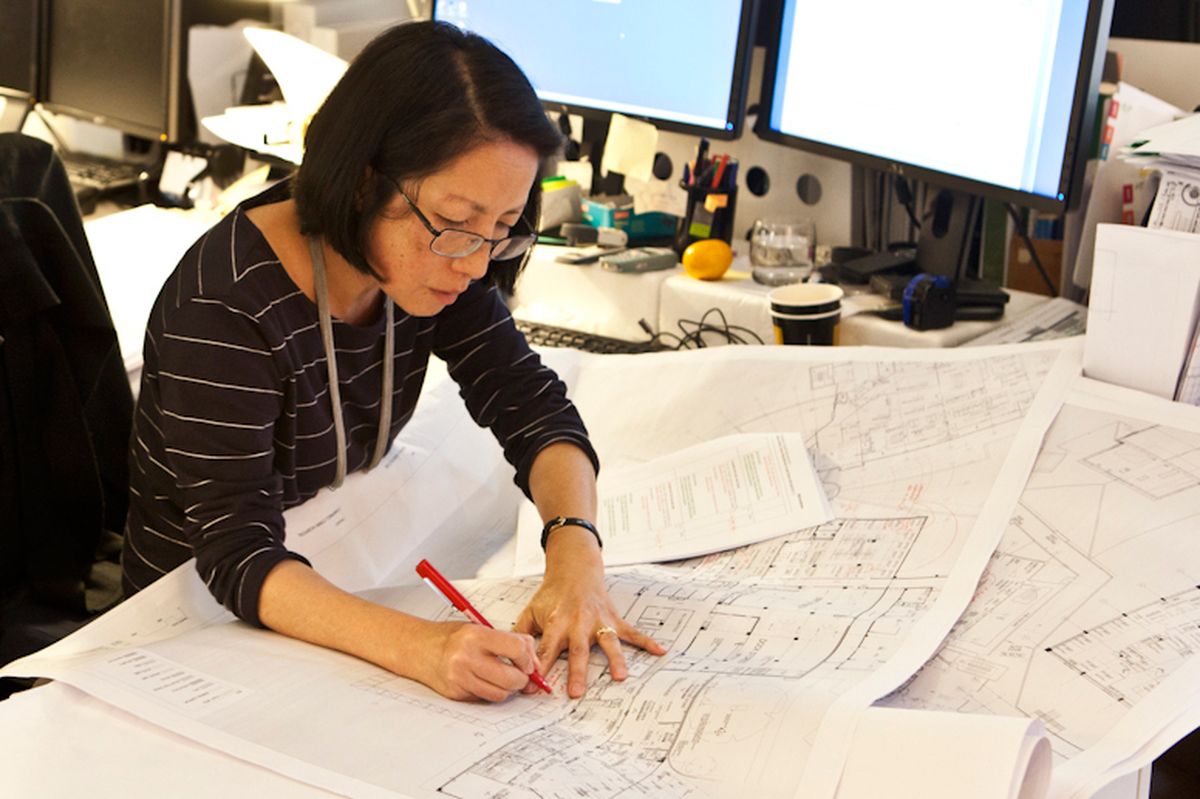As researchers specializing in gender and employment from a social science perspective, it has been interesting for us to examine the complexities and particularities of the architecture profession. Like medicine and law, architecture can be regarded as an elite profession. All three have a long history, require a long period of training and carry high status in the community. A distinguishing feature of architecture is the extent to which it combines an appreciation of the aesthetic and creative with the technical requirements of the built environment and the competitive demands of business. The work of architects is also subject to economic cycles and greater fluctuations in demand for their services than some other professions.
One frame through which to examine similarities and differences between architecture and other professions is the representation and retention of women. To this end, we have prepared a snapshot from the 2011 Census data, comparing the Australian Bureau of Statistics category “Architects and Landscape Architects” with a selection of other comparable professions. These include generalist medical practitioners (GPs) and solicitors – both of which represent longstanding professions that have undergone significant change in their gender composition. We also include interior designers and graphic and web designers as newer groups of professionals in what are often regarded as creative industries. Accountants have also been included as this category represents a broad range of occupations, some of which require professional registration.
Our snapshot compares the representation of women in the selected professions, looking at how this varies across different age cohorts. This is one way to not only highlight the overall presence of women, but also give some indication of the capacity for women to remain, and pursue a career, in these professions.
Female share by age group and selected occupations in Australia, 2011. Source: ABS Australian Census of Population and Housing, 2011.
Considering the graph, our first observation is that the “architects and landscape architects” group has the lowest proportion of women or “female share” of these occupations, across all age groups, while interior design has the highest. Architects and landscape architects show significantly lower representation when compared with the GPs and solicitors.
A second observation relates to change across age cohorts. The decline in proportion of women from the youngest to the oldest age group is most marked among solicitors (a 48 percentage point decline). Architects and landscape architects, along with GPs, are next in line with declines of around 35 percentage points. The decline is smallest among graphic and web designers (20 percentage points). Within this group of professions, accountants and graphic and web designers appear to maintain the steadiest gender balance across the age groups where women are most likely to have time pressure from family responsibilities.
There are many factors that impact on the patterns shown in figure 10, and some of the decline in women’s presence across age groups might be attributed to their lower representation among previous generations of graduates. While this is a single snapshot taken in 2011 rather than longitudinal data tracking the careers of the same set of women, the comparisons suggest that women who commence careers in architecture are more likely to leave their chosen profession than women who commence careers in accounting, general medical practice and graphic design. This may signal comparatively greater difficulties for women in architecture, law and interior design in balancing family and work responsibilities or in returning to the profession at a later stage after a career break.
In order to gain a more complete picture of architecture compared with other professions, an examination of additional measures such as the gender pay gap and the distribution of women and men in higher ranks would be required. An examination of economic and social factors is also needed. This snapshot is sufficient to observe a pattern, and provides a starting point from which to ask: what causes these differences in architecture?
Read Dr Karen Burns’ report on “Why do women leave?”
Read more on The State of Gender Equity.


















